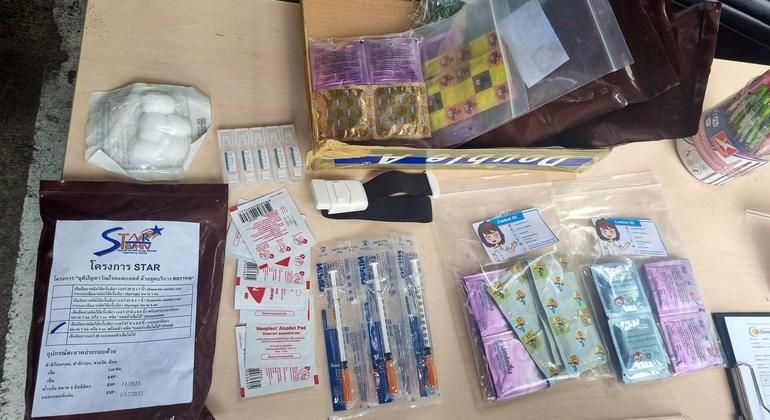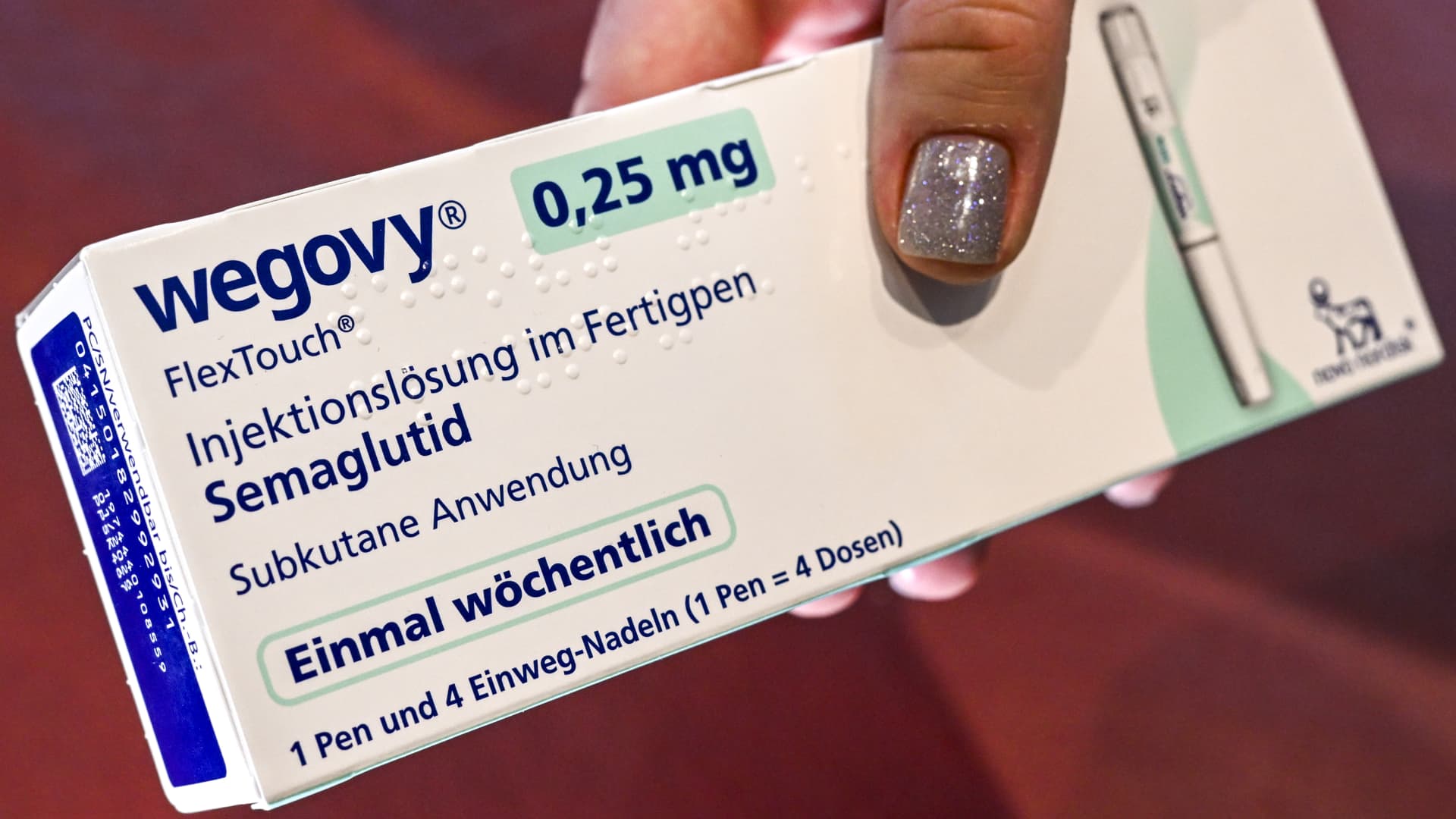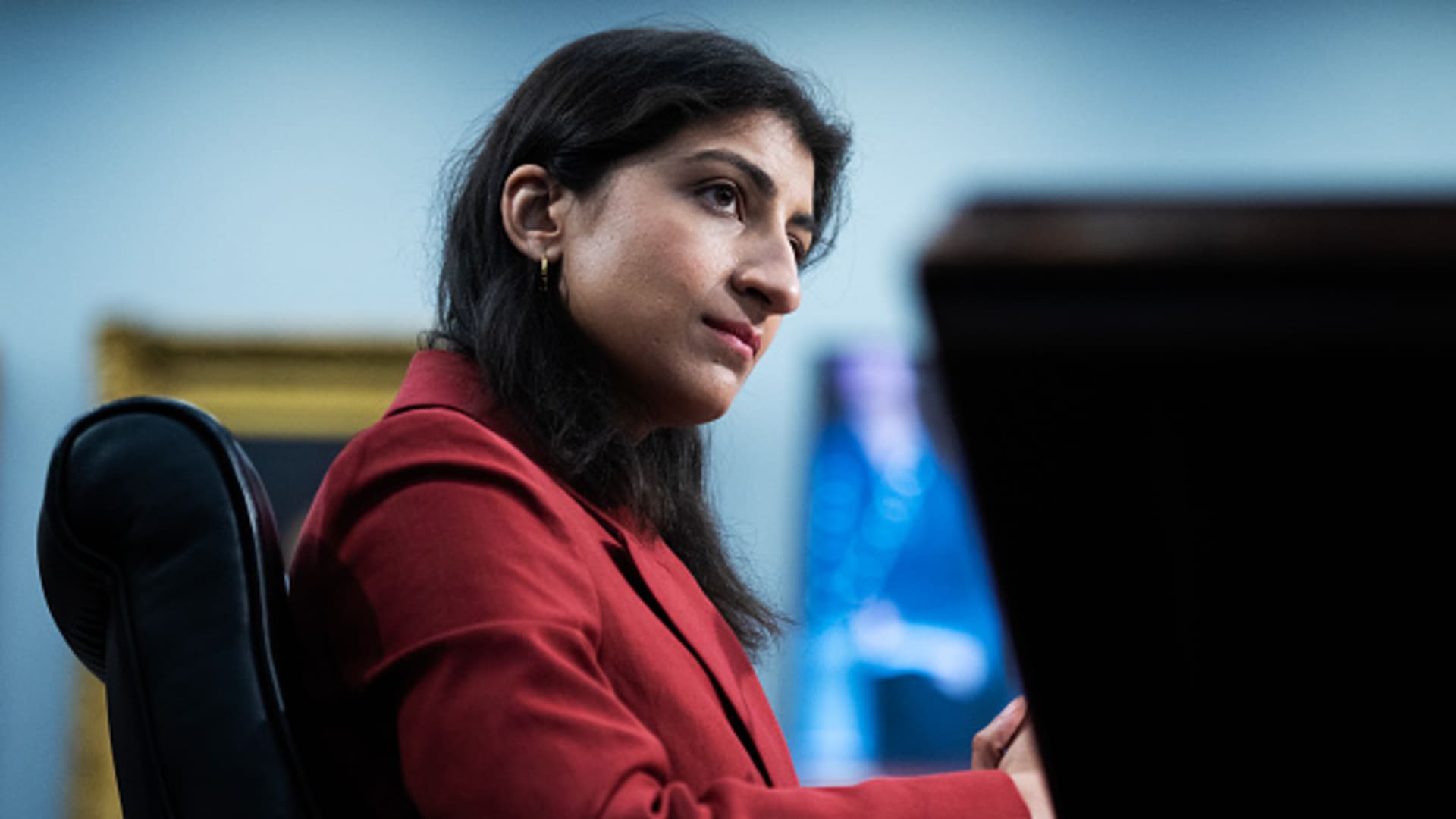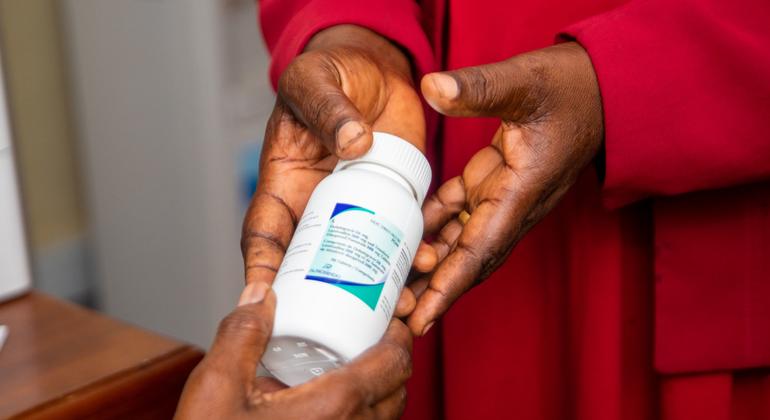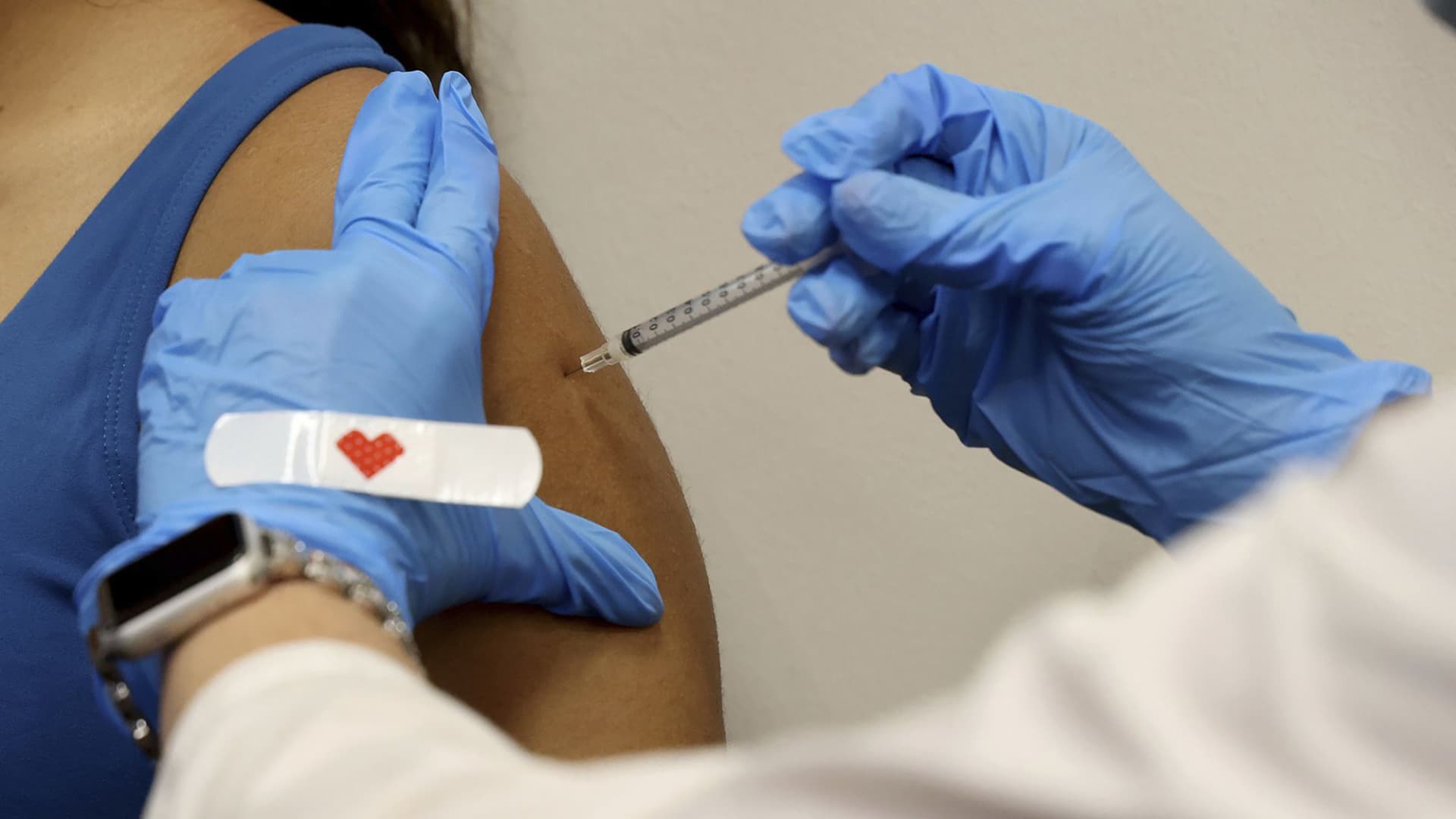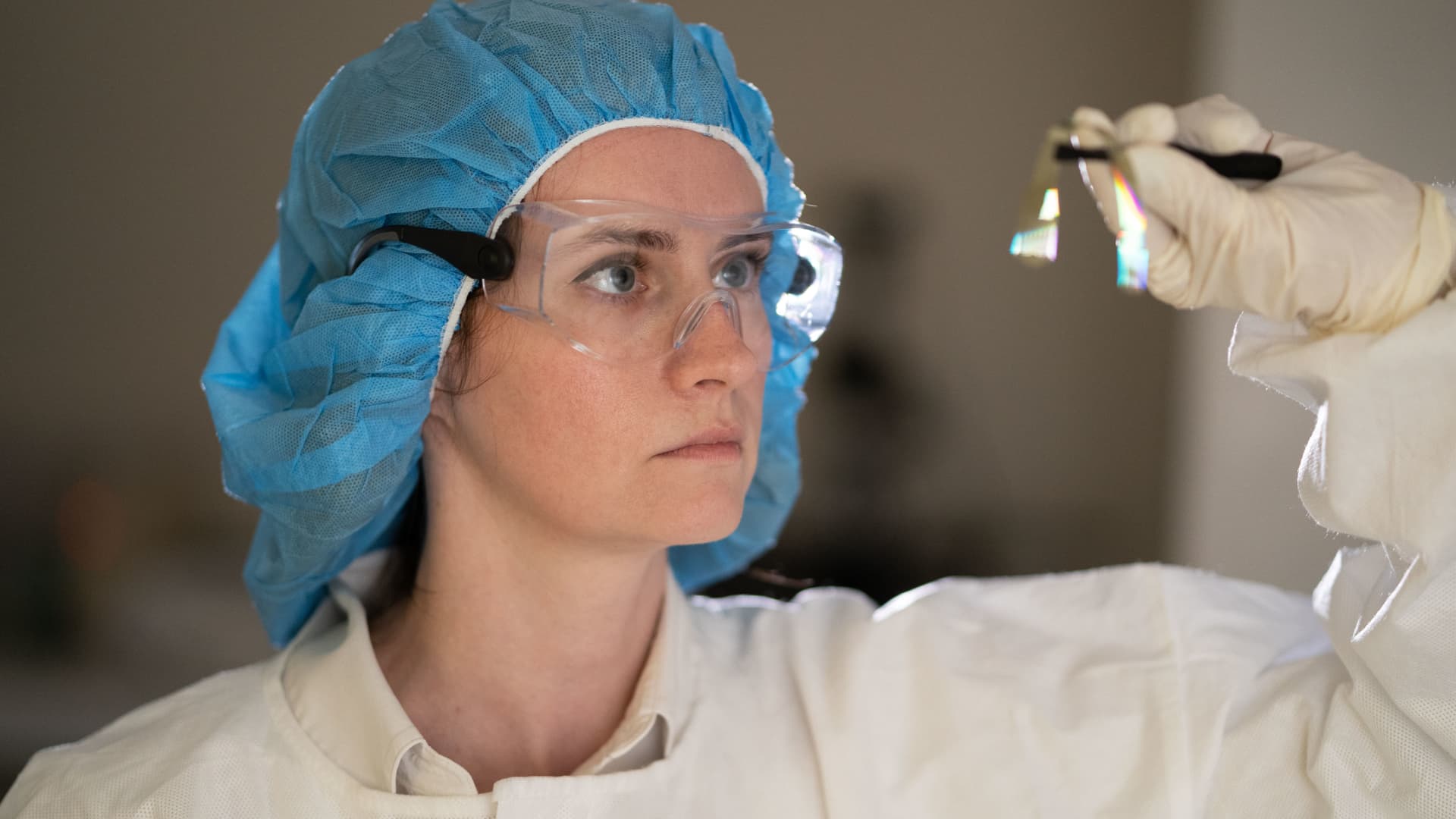The Global Alliance was launched by the World Health Organization (WHO), the United Nations Children's Fund (UNICEF) and the Joint United Nations Programme on HIV/AIDS (UNAIDS) in 2022 and includes 12 African countries.
The new report – Turning vision into reality – also highlights significant progress in preventing four million infections among children aged 0 to 14 years since 2000 through programmes targeting vertical transmission of HIV, i.e. from mother to child.
Nations on the move
Many of the Global Alliance countries have achieved significant coverage of lifelong antiretroviral therapy among HIV-positive pregnant and lactating women. Uganda is approaching 100%.
“I applaud the progress many countries are making in implementing HIV services to keep young women healthy and protect babies and children from HIV,” said UNAIDS Executive Director Winnie Byanyima.
“With the medicines and science available today, we can ensure that all babies are born and remain HIV-free, and that all children living with HIV receive and maintain treatment,” he added.
Byanyima said modern medicines and science help ensure babies are born and remain HIV-free through effective treatment, but that this treatment needs to be scaled up to ensure it reaches all children.
“We cannot rest on our laurels,” she said. “The world can and must deliver on its promise to end childhood AIDS by 2030.”
It's not going in the right direction
Despite notable progress, the report notes that neither the world nor the countries of the Global Alliance are on track to meet HIV-related targets for children and adolescents. Furthermore, progress in preventing new HIV infections and AIDS-related deaths in children has slowed in recent years.
“While we have made progress in increasing pregnant women’s access to testing and treatment to prevent vertical transmission of HIV, we are still far from closing the paediatric treatment gap,” said Tedros Adhanom Ghebreyesus, WHO Director-General.
“We need to further strengthen the collaboration and reach of the Global Alliance, and we must do this work with focus, purpose and in solidarity with all affected mothers, children and adolescents.”
Age and gender inequalities
The report notes that by 2023, some 120,000 children aged 0-14 years were newly infected with HIV, with 77,000 of these cases occurring in Global Alliance countries. These countries also accounted for 49,000 of the 76,000 AIDS-related deaths worldwide among children aged 0-14 years.
The report also cited a widening treatment gap between adults and children.
“Without early and effective testing and treatment, HIV remains a persistent threat to the health and well-being of children and adolescents, putting them at risk of death,” said Anurita Bains, Associate Director of UNICEF’s HIV/AIDS Programme.
“To close the treatment gap, we must support governments to scale up innovative testing approaches and ensure that children and adolescents living with HIV receive the treatment and support they need.”
Gender inequalities and human rights violations were cited as factors that increase women's vulnerability to HIV and reduce their ability to access necessary treatment.
All United Nations agencies involved in the Global Alliance encourage strengthening global collaboration to end AIDS by 2030.

